Dawne malarstwo zachodnioeuropejskie z Kijowa – Early Western European Painting from Kyiv
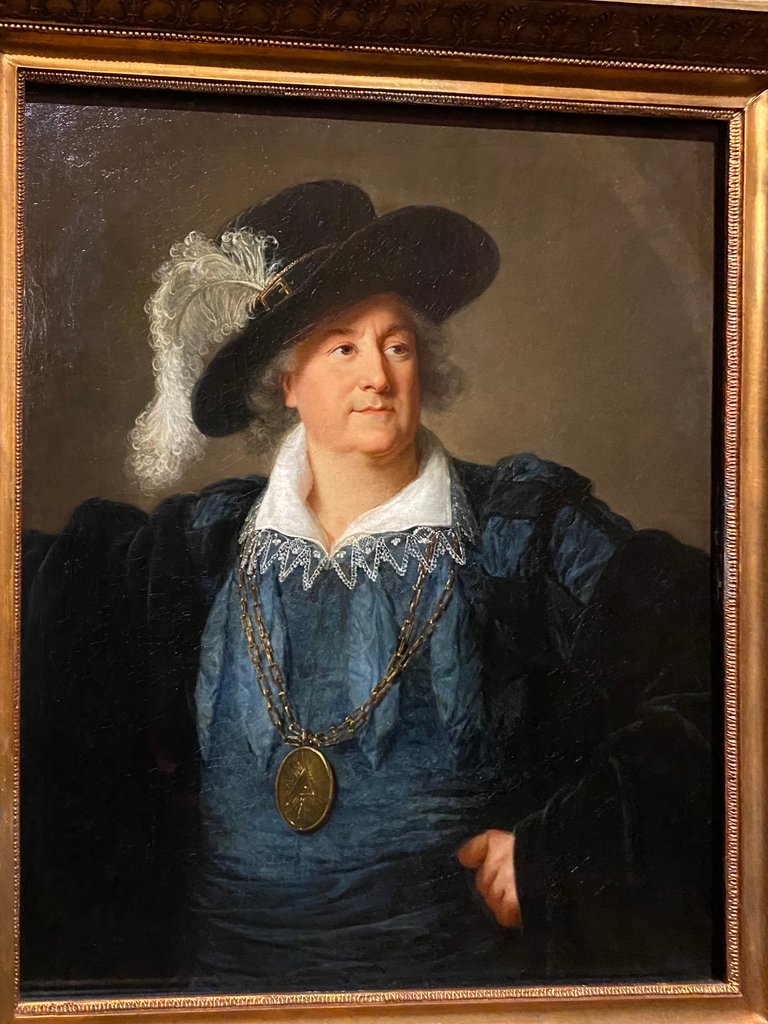
Na Zamku Królewskim w Warszawie możemy oglądać niezwykle ważną wystawę przygotowaną jeszcze przez zespół pod kierownictwem dyrektora prof. Wojciecha Fałkowskiego, której tytuł Gabinet sztuki europejskiej. Arcydzieła z Narodowego Muzeum Sztuki im. Bohdana i Warwary Chanenków w Kijowie chyba nie do końca uświadamia dlaczego należy ją zobaczyć. Mało kto wie, że w tych zbiorach znalazł się jeden z najlepszych i najbardziej tajemniczych portretów Stanisława Augusta Poniatowskiego, już wówczas nie króla, ale praktycznie więźnia w Petersburgu.
At the Royal Castle in Warsaw, we can see an important exhibition prepared by the team lead by former director prof. Wojciech Fałkowski European Art Cabinet: Masterpieces from the National Art Museum of Bohdan and Varvara Khanenko in Kiev which may not fully convey why it should be seen. Few people know that among these collections is one of the best and most mysterious portraits of Stanisław August Poniatowski, no longer a king at that time, but practically a prisoner in St. Petersburg.
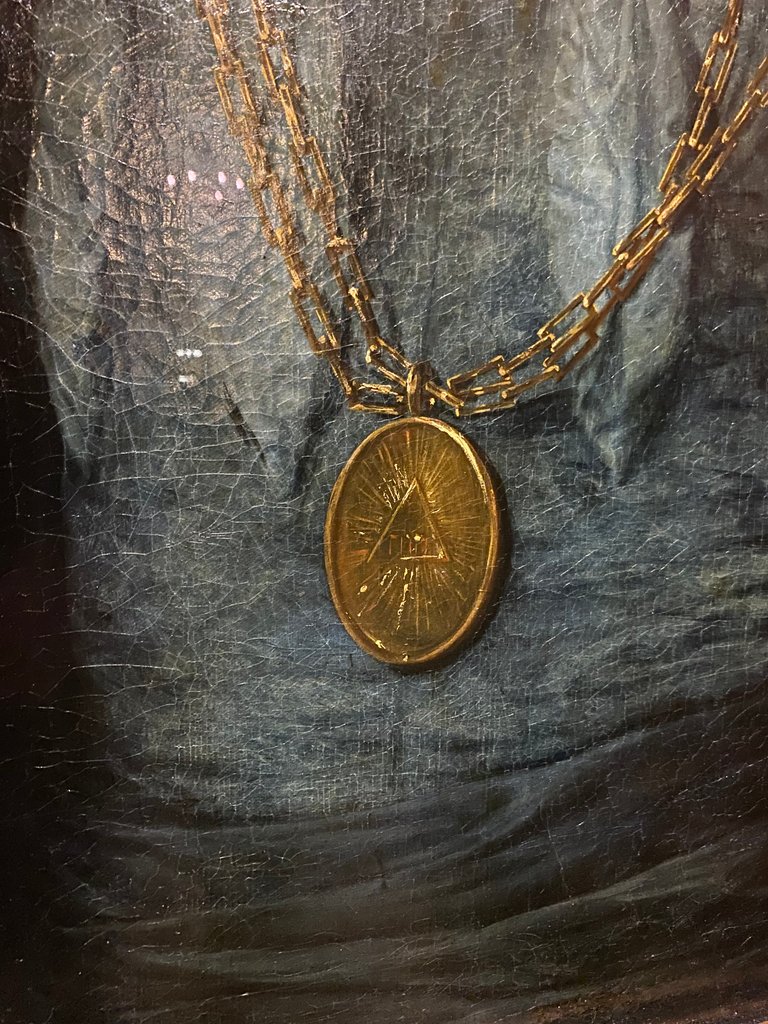
Autor hasła dotyczące repliki czy może kopii tego obrazu stwierdza, że inicjatorką jego powstania była siostrzenica Poniatowskiego Urszula z Zamoyskich Mniszchowa.
Malarka przedstawiła Stanisława Augusta w archaicznym, renesansowym ubiorze, w nieco fantazyjnym kapeluszu z piórami na głowie. Inicjatorką wykonania portretu byłego monarchy była jego siostrzenica, Urszula z Zamoyskich Mniszchowa, podobnie jak Stanisław August pełna podziwu dla króla Francji Henryka IV Burbona (1553–1610). Uważała ona, że Stanisław August przypomina francuskiego króla wyglądem i charakterem, pisząc, że „[…] im dłużej się go (tzn. Stanisława Augusta) widzi, jest z nim, tym więcej uderza podobieństwo nadzwyczajne charakteru jego z Henrykiem IV, z tą różnicą tylko, że przy równie dobrym sercu ma nieskończenie więcej darów umysłu”. Zapewne ona zasugerowała artystce rodzaj ubioru, w jakim powinien być przedstawiony były monarcha.
Na medalionie zawieszonym na szyi króla umieszczony został znak masoński, nie pojawiający się wcześniej na żadnym z licznych wizerunków byłego króla. Stanisław August należał od 1777 roku do masonerii Rytu Ścisłej Obserwy, co jednak nie było szerzej ujawniane za jego panowania.
Vigée-LeBrun namalowała w Rosji jeszcze jeden jego portret, który znajduje się w Wersalu
The author of the entry regarding a replica or copy of this painting states that the initiator of its creation was Poniatowski's niece Urszula from the Zamoyski Mniszchowa family.
The painter presented Stanisław August in an archaic, Renaissance attire, with a somewhat fanciful feathered hat on his head. The initiator of the former monarch's portrait was his niece, Urszula from the Zamoyski Mniszchowa family, much like Stanisław August was full of admiration for the King of France Henry IV of Bourbon (1553–1610). She believed that Stanisław August resembled the French king in appearance and character, writing, "The longer you see him (that is, Stanisław August), the more you are struck by the extraordinary resemblance of his character to Henry IV, with the only difference being that, despite having an equally good heart, he has infinitely more gifts of the mind." She probably suggested to the artist the type of attire in which the former monarch should be portrayed.
A Masonic symbol was placed on the medallion hanging around the king's neck, which had not appeared on any of the numerous depictions of the former king before. Stanisław August had been a member of the Strict Observance Masonry since 1777, although this was not widely revealed during his reign.
Vigée-LeBrun painted another portrait of him in Russia, which is in Versailles.
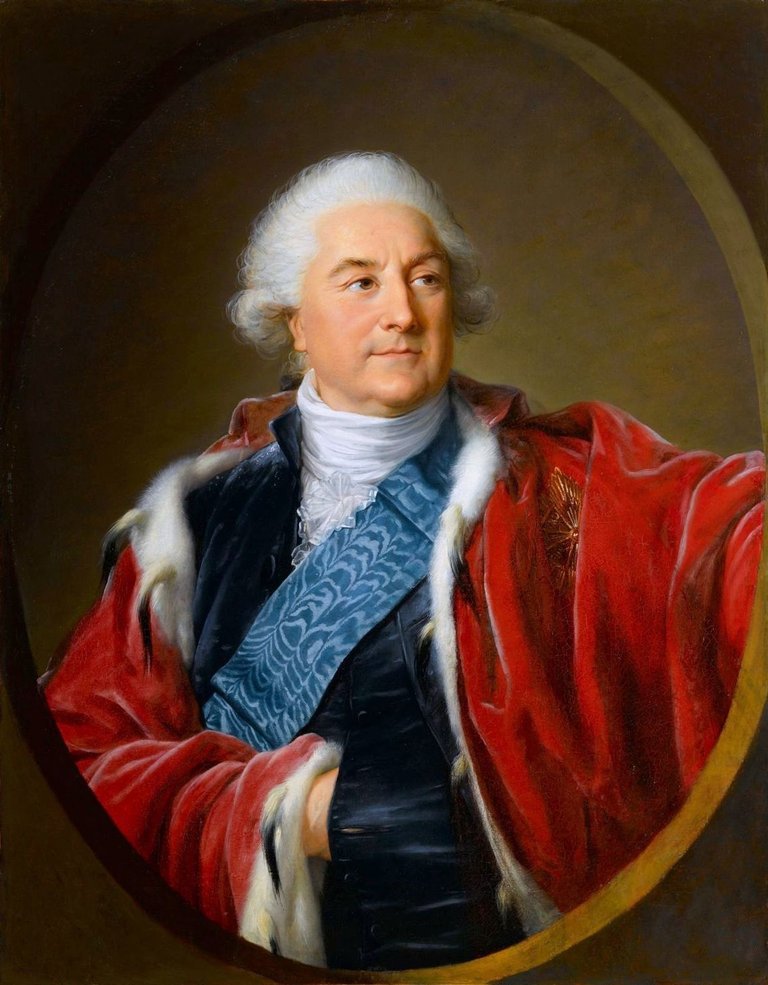
Z pewnością okoliczności powstania tych dwóch portretów nie łączyły się wyłącznie z kaprysem siostrzenicy, która chciała mieć pamiątkę. Stanisław August jak mało kto zdawał sobie sprawę z propagandowych możliwości sztuki i skutecznie z nich korzystał już po swojej abdykacji. Z Grodna wysyłał Bacciarellemu wskazówki aby wykonywał jego portety z klepsydrą mające świadczyć o tym jak tragiczną, dla siebie przede wszystkim, decyzję podjął abdykując. Oba portrety Vigée-LeBrun powstały już po śmierci carycy Katarzyny i trudno przypuszczać, że bez zgody cara Pawła I, któremu mogło zależeć na pokazaniu światu jak dobrze traktuje swojego więźnia.
Certainly, the circumstances of the creation of these two portraits were not solely related to the whim of a niece who wished to have an image of her once royal uncle. Stanisław August, like few others, was aware of the propagandistic capabilities of art and effectively utilized them even after his abdication. From Grodno, he sent instructions to Bacciarelli to create his portraits with an hourglass, to show how tragic the decision to abdicate was, primarily for himself not necessarily for the country. Both portraits by Vigée-LeBrun were created after the death of Empress Catherine, and it is difficult to imagine that without the consent of Tsar Paul I, who may have wanted to show the world how well he treated his prisoner.
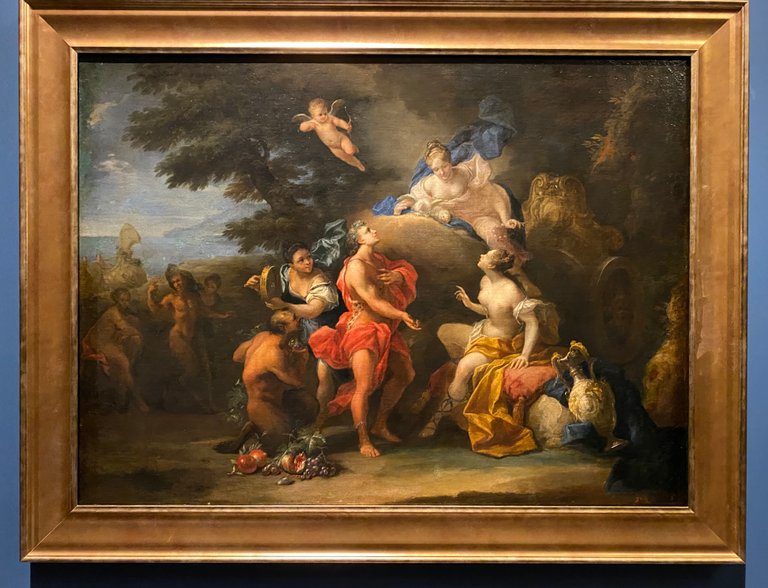
Louis Boullogne młodszy (1654-1733) (?),Bachus i Ariadna, przed 1733
Ale portret Poniatowskiego to nie jedyna wielka atrakcja tej wystawy. Polscy i ukraińscy kuratorzy wystawy odkryli w trakcie przygotowań do niej, że dwa obrazy w zbiorach muzeum wchodziły wcześniej w skład kolekcji króla: Bachus i Ariadna Louisa Boullogne młodszego i Pejzaż wodospadem z prawej strony Jean-Baptiste'a Pillementa.
Poniatowski's portrait is not the only attraction of this exhibition. Polish and Ukrainian curators of the exhibition discovered during its preparation that two paintings in the museum's collection were previously part of the king's collection: Bacchus and Ariadne by Louis Boullogne the Younger and Landscape with a Waterfall from the Right by Jean-Baptiste Pillement.
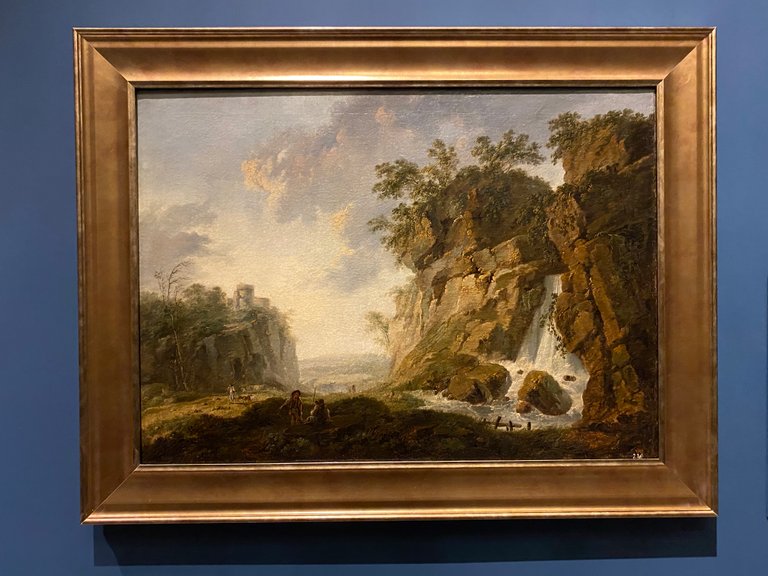
Jean-Baptiste Pillement, Pejzaż wodospadem z prawej strony, 1765-1767
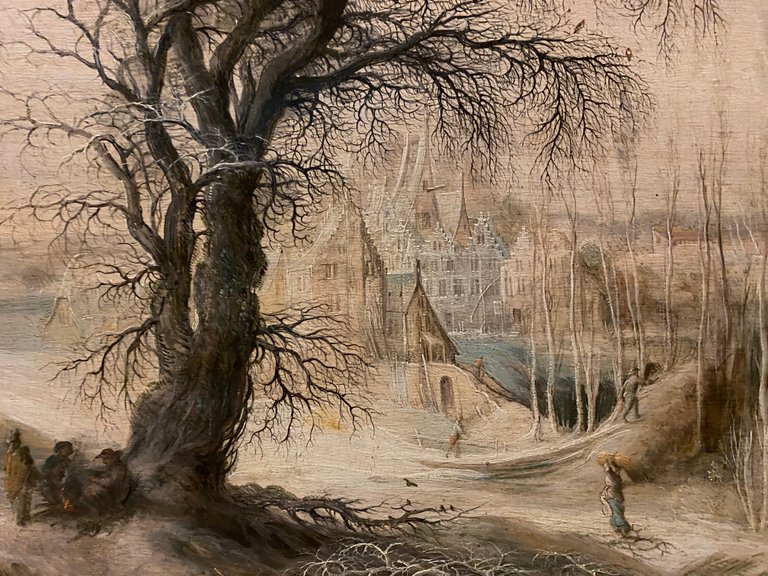
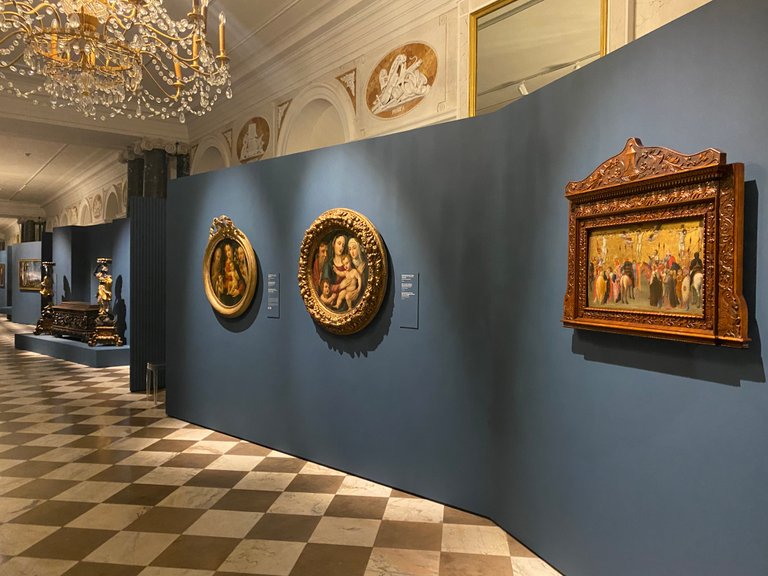
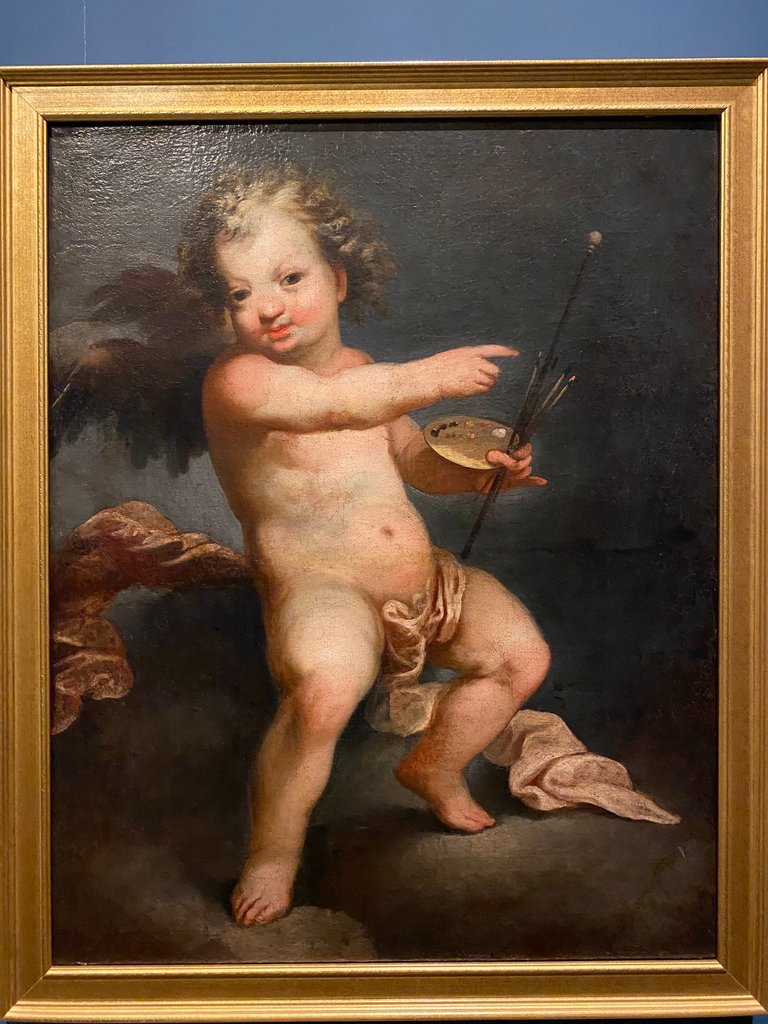

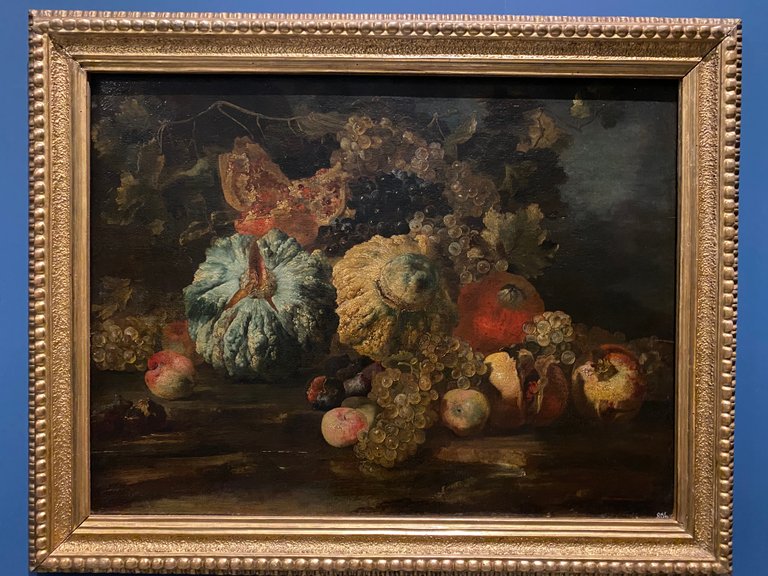
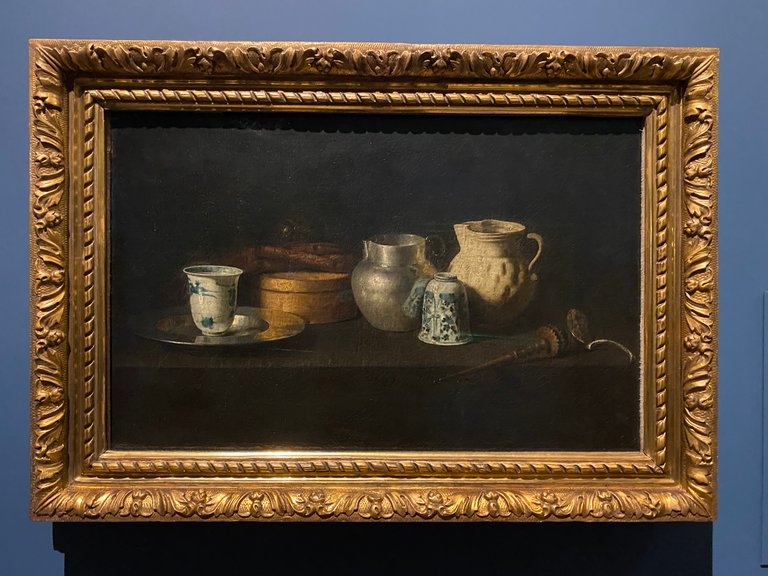
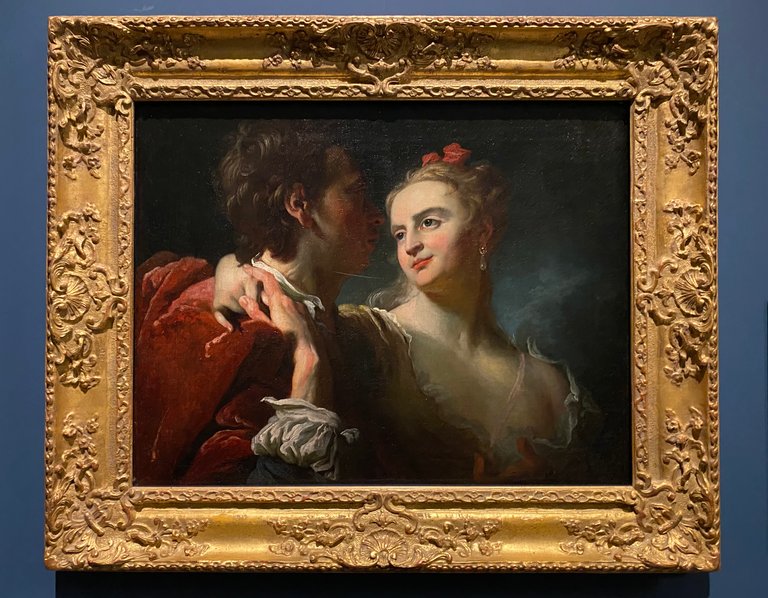
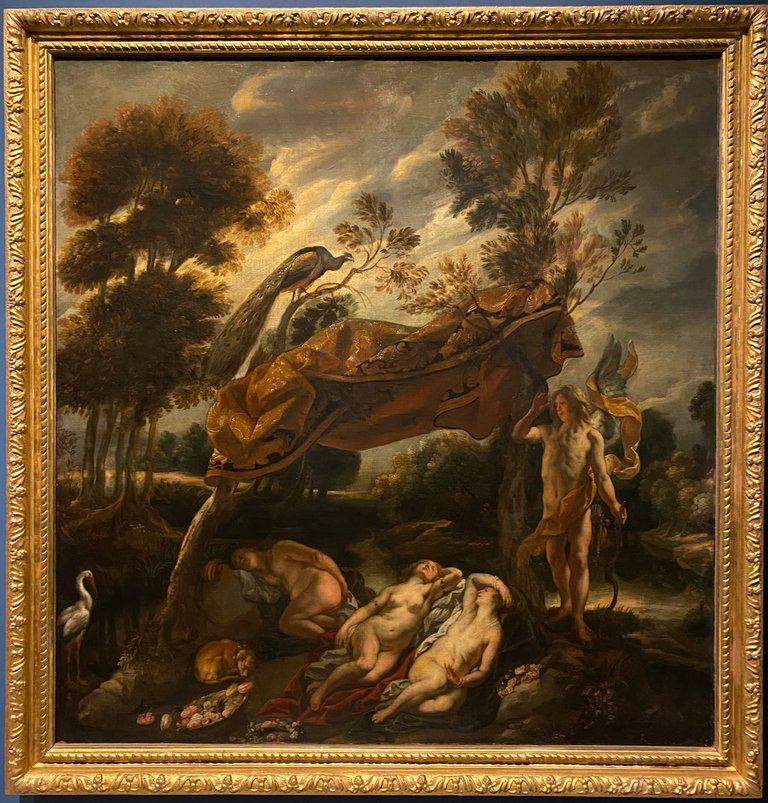
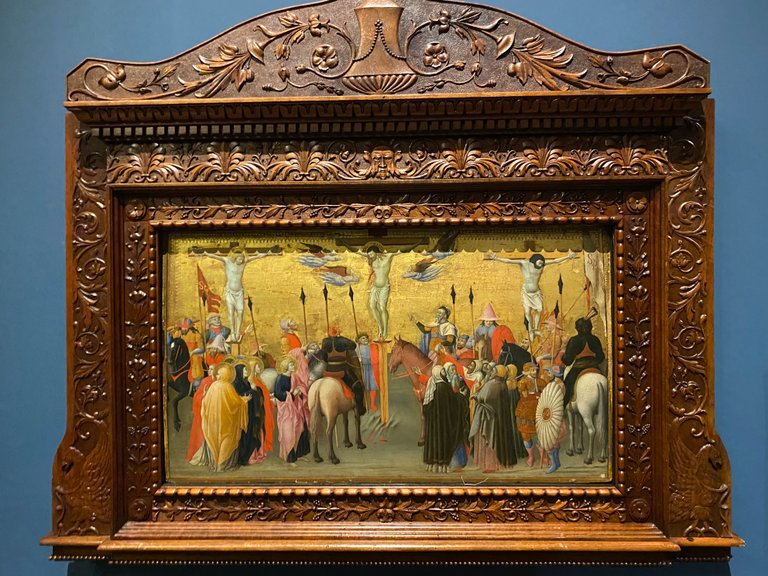
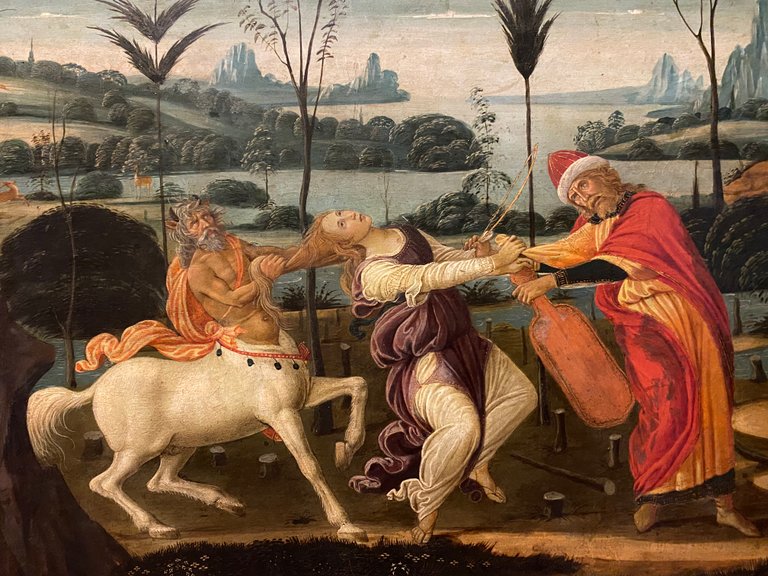
Keep inspirin', G! Feel the inspiration you spread. 💫
You got 0.01 FELT for sharing high vibes on Hive.
📋 FELT Info | ♦️ Trade | 🦸♂️ Delegate HP
Hello helcim!
It's nice to let you know that your article will take 6th place.
Your post is among 15 Best articles voted 7 days ago by the @hive-lu | King Lucoin Curator by sarmaticus
You receive 🎖 1.4 unique LUBEST tokens as a reward. You can support Lu world and your curator, then he and you will receive 10x more of the winning token. There is a buyout offer waiting for him on the stock exchange. All you need to do is reblog Daily Report 529 with your winnings.
Buy Lu on the Hive-Engine exchange | World of Lu created by szejq
STOPor to resume write a wordSTART